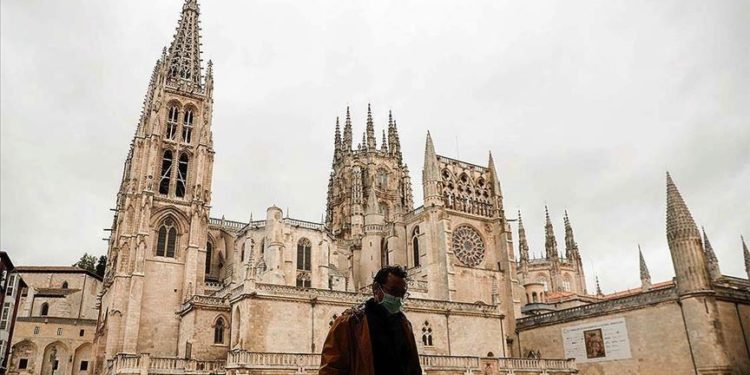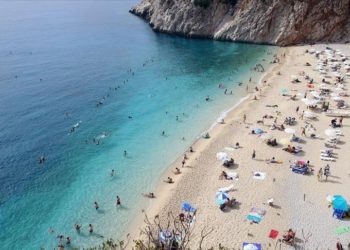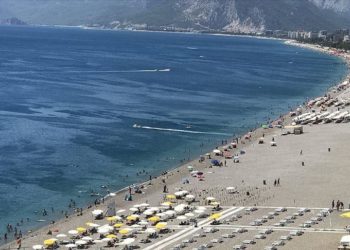As Spain welcomed its first group of tourists Monday.
Although Spain has been gradually opening up since May 11, just 40 new cases were diagnosed on Sunday, according to new Health Ministry data.
The total number of confirmed cases rose 181 to 244,109.
Spain’s death toll remains frozen at 27,136. While the figure has not increased in more than a week, the Health Ministry reported 25 deaths over the last seven days.
Earlier Monday, Health Minister Salvador Illa told Spanish broadcaster La Sexta that the country’s death toll will be updated this week.
Trial tourism
Monday also marked a major milestone for the country’s tourism industry, which makes up more than 12% of the country’s GDP.
The first airplane of the season brought 189 passengers from Dusseldorf to the Mediterranean island of Mallorca, part of the Balearic archipelago.
Some of the visitors were tourists, but many others were tour operators who came to see Spain’s hygiene and safety protocols firsthand.
More than 10,000 more Germans will arrive in the Balearic Islands over the next two weeks as part of a pilot program to work out what tourism in Spain will look like amid the pandemic.
The arrivals this week are in a unique situation to experience the often-overcrowded island of Mallorca nearly alone. Not even Spanish residents from other regions are allowed to visit.
Yet their splendid isolation will only last one week.
Next Monday, Spain will reopen its borders with other European Union countries and remove all restrictions on internal movement for Spanish nationals.
On Monday, Galicia also became the first Spanish region to leave behind the state of emergency that has been in effect nationwide since March 14.
Around 75% of the country’s population is now in the final phase of reopening, which allows nightclubs to open, though not dance floors, bullfights, or outdoor weddings of up to 150 people.

















